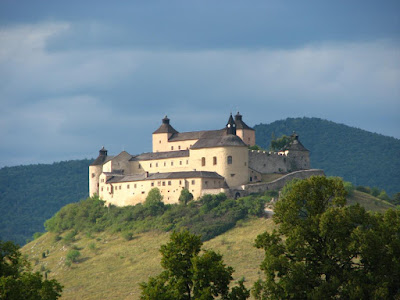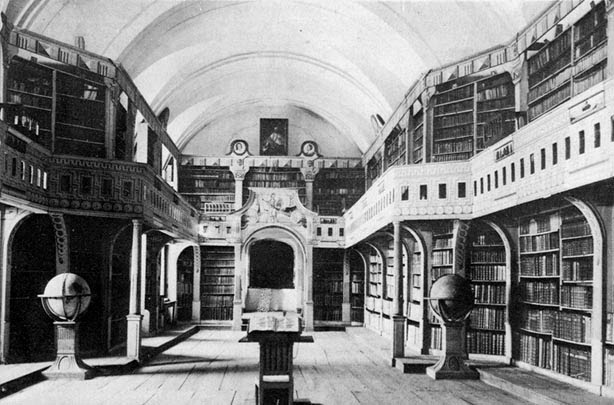The exhibition Europa Jagellonica - Art and Culture in Central Europe under the Jagiellonian Dynasty, 1386-1572 is now open at GASK - the Gallery of the Central Bohemian Region in Kutná Hora. Coordinated by Jiří Fajt and Susanne Jaeger of the GWZO in Leipzig, this project has been in the making for years. It finally came to fruition as a Czech-German-Polish exhibition project, with further venues in Warsaw and Potsdam. Each site will have a special focus: in Kutná Hora, this is Silver Mining and Art around 1500.
The focus of the exhibition is described as follows: "For the first time in history, the Jagiellonians will be presented as the European dynasty, which strongly influenced art and culture, within the wide international context of Central and East-Central Europe. Around 1500, Central Europe was shaped politically by the Jagiellonians (1386-1572), a Lithuanian-Polish dynasty whose members ruled over a vast region extending from the shores of the Baltic Sea to those of the Adriatic and the Black Seas. They were in fact among the territorially most powerful dynasties of Europe. Tragic events from 1526 onwards dismantled the Jagiellonian supremacy in Central Europe, and their place was effectively taken over by the Habsburgs who maintained their dominance on the European stage until World War I. Thus, Central Europe formed a political-administrative entity long before nation states came into existence. The exhibition accordingly opens up a twofold temporal perspective to its audiences: it is both historical and current. The cornerstones of European society today are formed precisely by the awareness of, the engagement with, and the continuation of these common traditions. They are crucial for present-day Europeans’ identification with their continent and culture."
There is much to be discussed here - I, however, do not enough information about the project to enter into further details. I would just like to mention that despite various plans, there is no Hungarian venue for this exhibition, and there is no real Hungarian partner involved in the preparation of the exhibition (although Jagiellonian rule was significant in Hungary as well, ending with the death of Louis II at the battlefield of Mohács in 1526). There are, however, several Hungarian lenders to the exhibition, including the Hungarian National Gallery, the Museum of Fine Arts and the Budapest History Museum, among others.
At present, there is very little information available on the project on either the central website of the project, or on the website of GASK. There is more info on the GWZO website, including a description of the exhibition project. The exhibition will be on view in Kutná Hora until 30 September, 2012.
One more remark: the fliers and other materials of the exhibition (see the pictures on the GWZO website, or this earlier version of the exhibition description) feature one of the emblematic and most characteristic works from the Kingdom of Hungary from the late Middle Ages: the Visitation panel by Master MS (Martin Schwarz) from 1506, preserved in the Hungarian National Gallery. Alas, this panel could not travel to the exhibition due to conservation reasons, but can be enjoyed in high resolution on the gigapixel website of the National Gallery or in Google Art Project.









